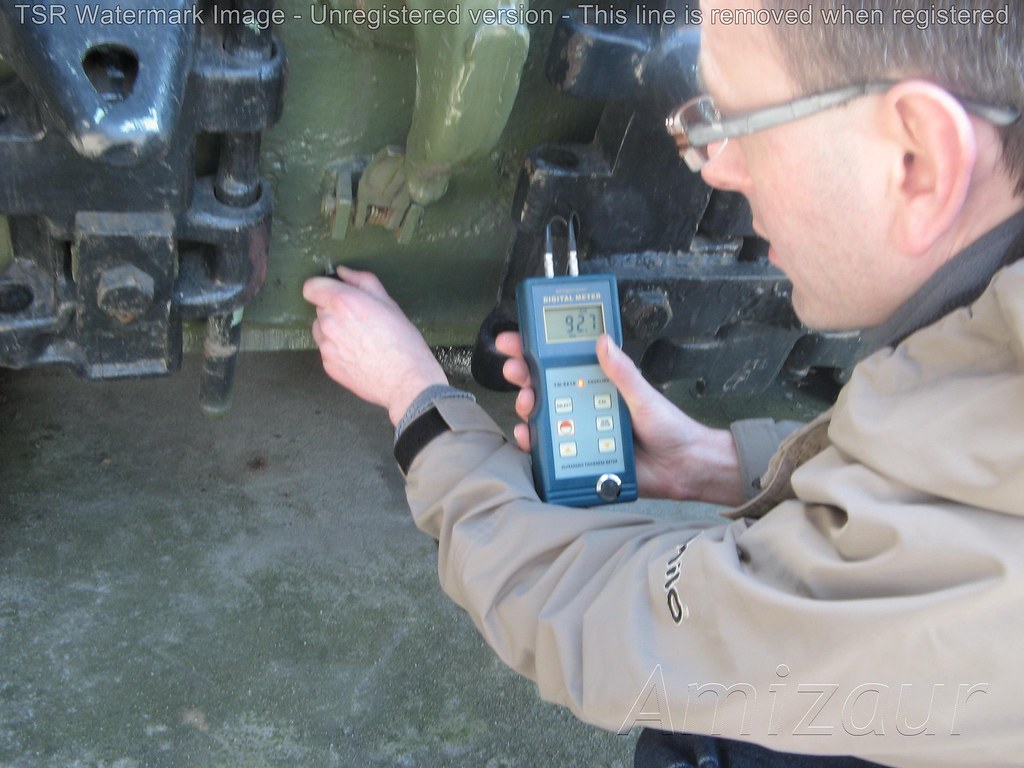Who even shooting LFP of Is? Not a big deal.
LFP on the IS-2s is easily the biggest and easiest to hit weakspot, among the weakest two. That’s not the case now with IS-2 (1944)s and some people might still not know it.
Not turret face and really BIG cupola?
I dont care for the Is-2 as an enemy, but that one was changed back to Nominal, while the other was now “buffed” to max tollerance.
Even the “really BIG cupola” is a lot smaller than the LFP of the IS-1 and 2.
The turret front has a lot of additional extra plates that can screw up a shot with volumetric.
I really almost never had problems with soviet volumetric. If i aimed, i got pen of turret cheeks.
It seems to be a generally accepted explanation that the thicker UFP on later Panther tanks is due to manufacturing tolerance, but I don’t believe this to be the case. +5mm is +6,25%, which is more than +5% max thickness tolerance used in German rolled armour manufacturing. No captured Tiger tank had 85mm thick sides. Also, we see this value again and again on captured vehicles, which is odd if we are to believe this to be a one off outlier.
Why was the glacis plate on later Panther tanks thickened? I don’t know for sure, but I have a theory. 80mm thickess is special as it sits right between 55-80mm interval of thickness and the 80-120mm interval with each having different specifications for (among other things) hardness.
Spoiler

Adding 5mm to the plate wouldve placed it into the “85-120mm” category meant to have lower hardness than preceeding interval. This would help improving the ballistic resistance against large caliber shell at large angle, but decrease resistance aganst small shell coming at low angle, but this would be unimportant as the Panthers UFP was mounted at 55° and would almost never encounter shells at lower obliquity.
So, if this was the only reason, then why didn’t they just manufacture softer 80mm plate just for this purpose? Well, idk. Which is why this is only a theory that needs more research to be viable explanation.
Agreed.
Btw, even on the Obr.1944, it remains a weak spot vs the 128mm PaK44, tested this in game earlier. Not sure about other guns at that BR.
Interesting. I wish they had measured the LFP thickness on more than one tank, just to be sure this is not a manufacturing flaw.
I only know that when soviets went from stepped to straight UFP they at least considered increasing the thickness of the LFP to 120mm and tested it: Tank Archives: Small Modernization of a Large Tank
Spoiler

Which would make sense as a relatively small increase in weight would’ve made the biggest weak spot to the german 7.5cm Pak 40 gun, disappear.

They are so desperately trying to morph this mediocre piece of junk into a King Tiger equivalent that it is not even funny. I guess this is where the stolen armor from the Maus turret front & Stug III A/F ended up at…
Ok long story short, is it better now or it is worse now??

We should always take these intelligence reports with a grain of salt, otherwise we have to conclude that driver’s plate on JS-2 is only 105mm thick and angled 16°.
Russian Wikipedia says that driver plate had several variations casted/rolled and with different thickness. Some researchers says about 6 different modifications.
IS-2 too but with different UFP.
Doesnt make a bug difference, its gonna fight german tanks which have around 190 (starting with 5.0), and tanks with 240 mm pen (5.7-6.0).
It angled and have tracks over it. With shooting from above angle will be bigger.
On the screenshot we can see its about 165 mm thich with that angle, tracks add about 10 mm to that, still pennable by what it faces in downtiers.
It’s 130 mm CHA meaning it is 122.2 mm RHAe. Angled at 30° that gives 141 mm LoS thickness.
Track armor is 30 mm at 30° meaning 22.5 mm RHAe, so it adds an extra 26 mm in LoS thickness for a total of 167 mm LoS thickness.
Keep in mind, that value does not take into account denormalization of the round.
So its around what i originally supposed without tracks, around so.
